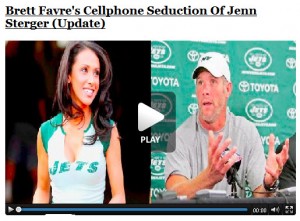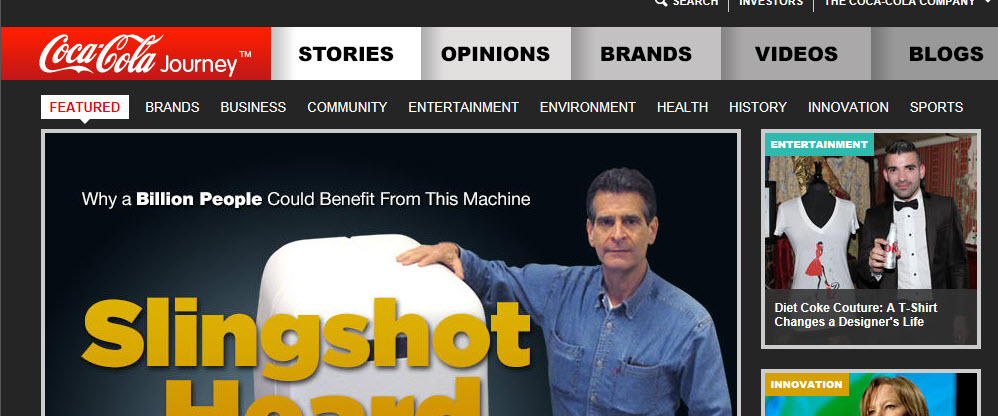Doing Goods Work.
We had a tragedy in NJ this week. A Rutgers University student took his life after having an intimate relationship with another dude secretly videotaped by a roommate and posted to the web. Prior to taking his life, the young man spent some time online talking about this invasion of privacy, presumably seeking advice and counsel from other young gay men. Sadly, it did not work.
What makes the web important is that you can go online and find communities of people with whom you can open up. Because we’re human you’ll get good advice and bad but at least you can chat with those sympathetic and experienced – and not feel alone. Mom’s with kids with allergies, for instance. This is a very good thing and we can thank the web for it.
In the case of the Rutgers man, the online community he turned to did not change the outcome but it could have. The web may be vilified as the place to “learn how to make a bomb” or “place for pedophiles” yet that is glass half empty stuff. (I love Danah Boyd for her undying perspective on this.) Finding and talking to likeminds privately can be a very good thing.
Teen Suicide.
If this thesis plays out, the teen suicide rate will reduce in time. People by nature are good — even callous, hurtful teens. To those kids on the website who tried to help the Rutgers student, I applaud you. You were doing goods work. Don’t stop. Peace!
PS. “Doing Good’s Work” is a line I’m recommending to a nonprofit in Brooklyn. (No poaching please.) Is it better with our without the apostrophe?








